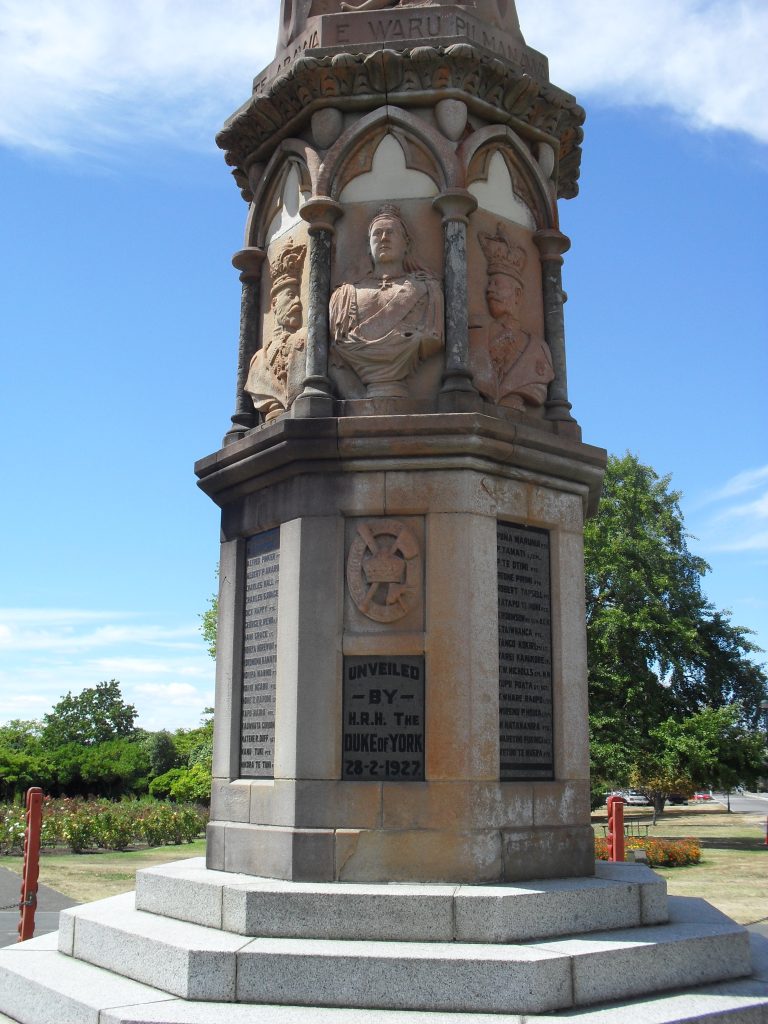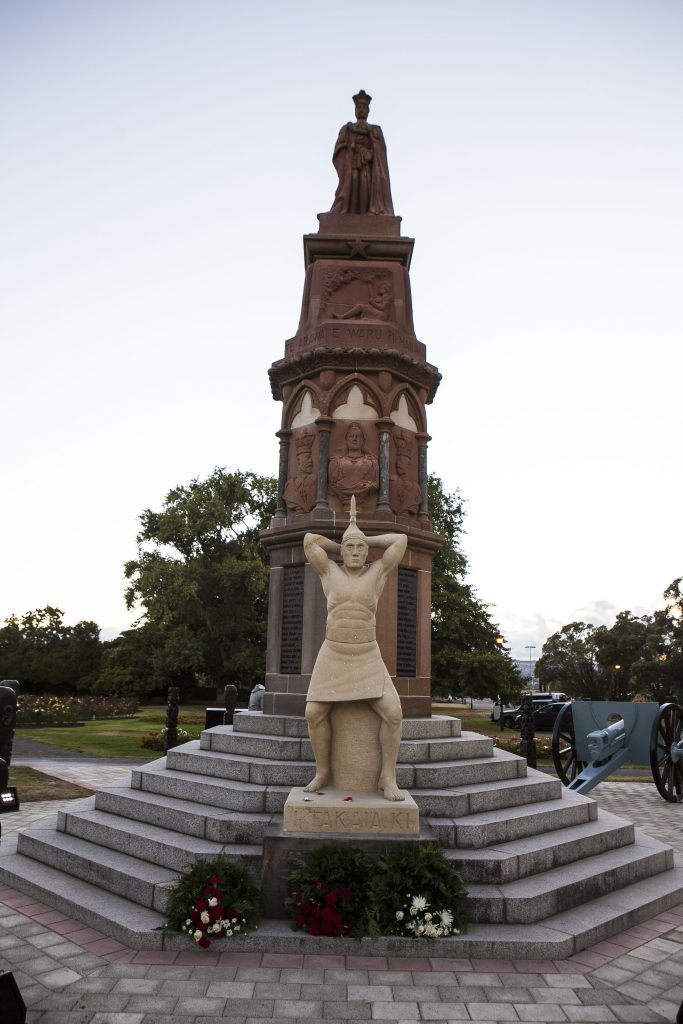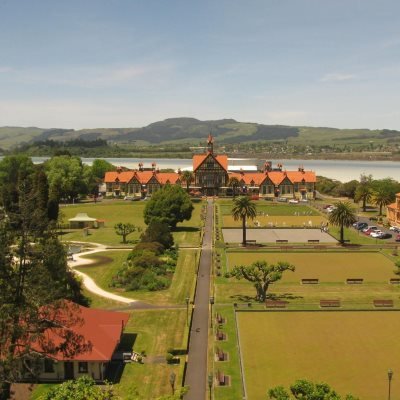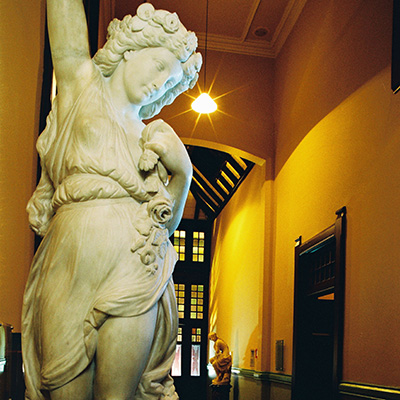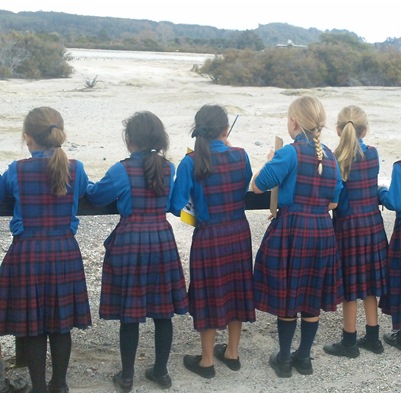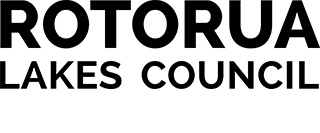Te Arawa Soldiers’ Memorial Unveiling
Friday, 1 March 2019
More than 250 people attended the moving ceremony unveiling the restored Te Arawa Soldiers’ Memorial, 92 years to the day from when it was originally erected in 1927.
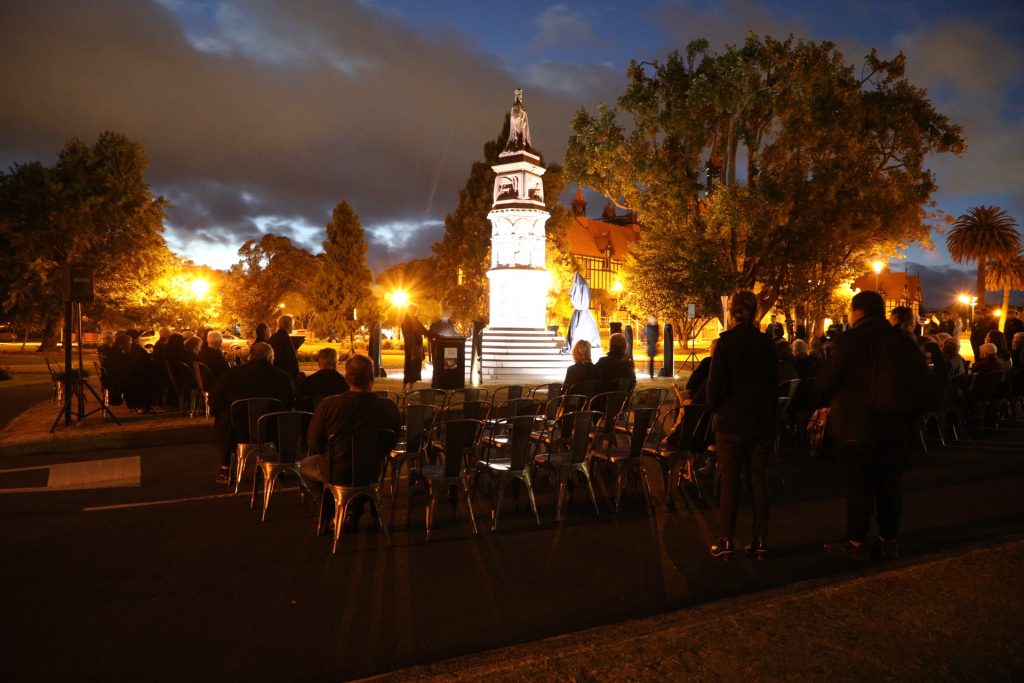
Taking place in Government Gardens (Corner of Queen’s Drive and Oruawhata Drive), several aspects of today’s service replicated those that were in the programme on 28 February 1927, including the hymn Aue e Ihu and a bugler (Ken Douglas) played The Last Post and Reveille.
Rotorua Mayor Steve Chadwick attended and spoke during the unveiling ceremony.
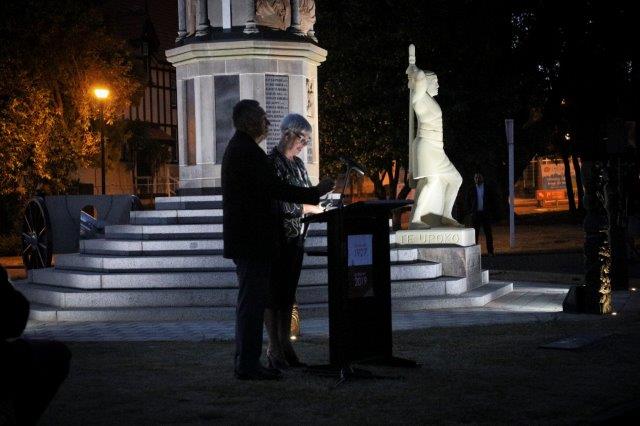
“This morning’s ceremony was a dignified and moving occasion befitting the restoration of mana to this very important Te Arawa monument.
“This was a complex restoration project with many elements. It was wonderful to see everything come together. Seeing the original pou and tekoteko replicated in bronze; and the statue of Rangitihi once again in place and surrounded by his descendants was incredibly moving.
“I encourage everyone to visit the memorial to reflect and also appreciate the craftsmanship that has gone into this significant WW100 restoration project,” said Mayor Steve Chadwick.
The Te Arawa Soldiers’ Memorial is one of only a few erected by Māori to commemorate their men who fought and died in World War One.
Te Arawa Soldiers’ Memorial Restoration Project
The memorial was erected by Te Arawa to commemorate Te Arawa men who fought and lost their lives in World War One (1914-1918). First unveiled on 28 February 1927 by HRH the Duke of York (later King George VI), the memorial includes the names of 35 Te Arawa men.
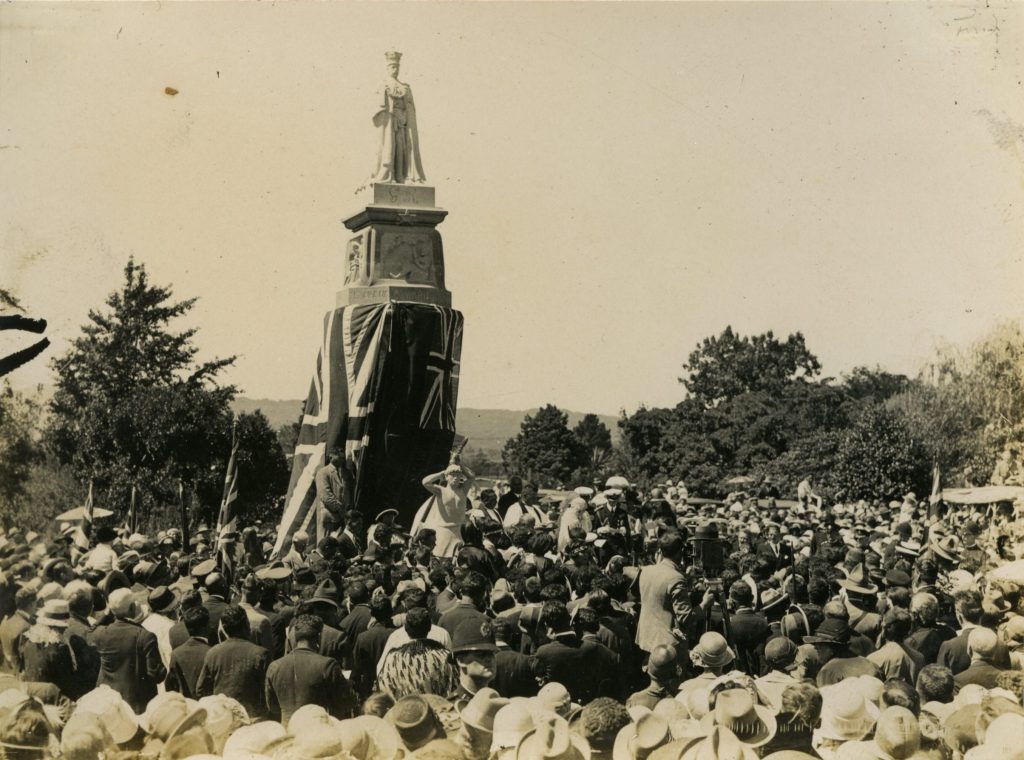
Rangitihi was removed from the memorial in 1936 after being damaged.
The project to restore this significant piece of Te Arawa military history was commissioned by the Rotorua World War One Committee in 2016 after receiving funding from the Lotteries World War One Commemorations, Environment and Heritage Fund, New Zealand Community Trust, the Rotorua Energy Charitable Trust and New Zealand Māori Arts & Crafts Institute (NZMACI).
The project included several phases, the first being repair and conservation of the stonework on the memorial. Master stone conservator Marco Bürger spent several months in late 2016 carefully working on the memorial.
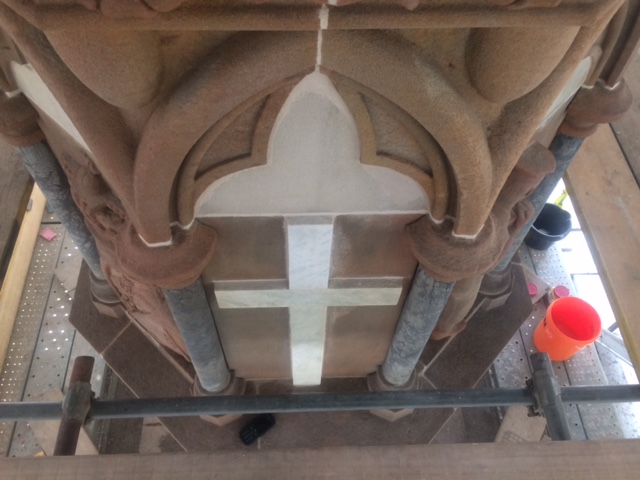
Experts from NZMACI restored the original wooden eight tekoteko and four ‘wheku form’ pou that originally surrounded the memorial. Then they used 3D scanning and wax moulds were made of the carvings prior to bronze replications being cast.
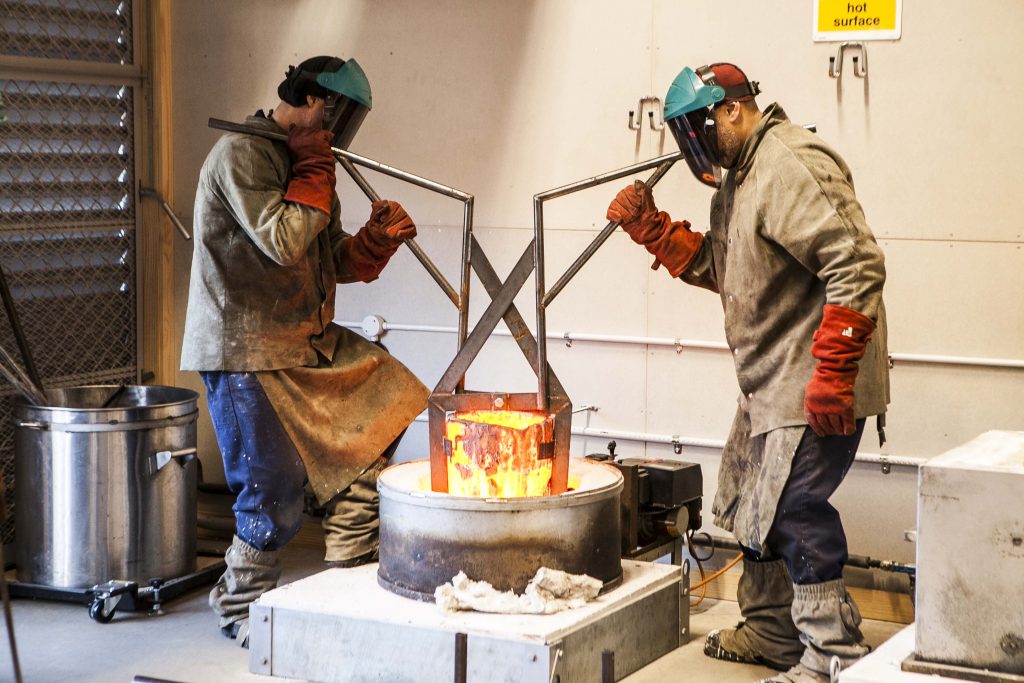
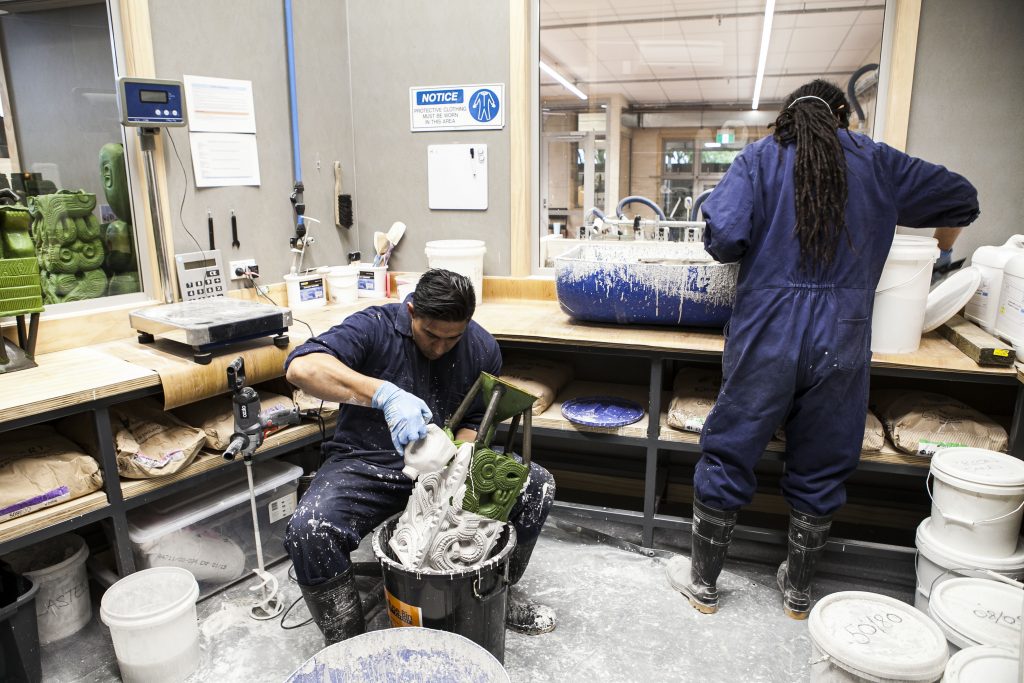
The final step in the project was to replicate the stone statue of Te Arawa ancestor Rangitihi, which was badly damaged and removed from the memorial in 1936. Local master carver Rakei Kingi was chosen to carve Rangitihi and used Hinuera stone, sourced from a quarry near Tirau.
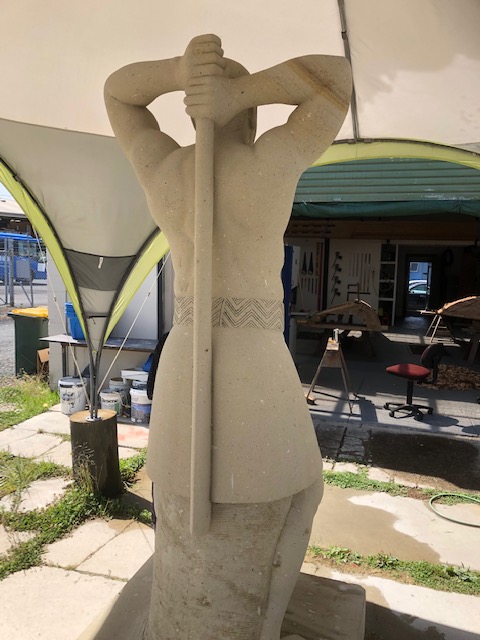
Watch this great video showcasing the project
